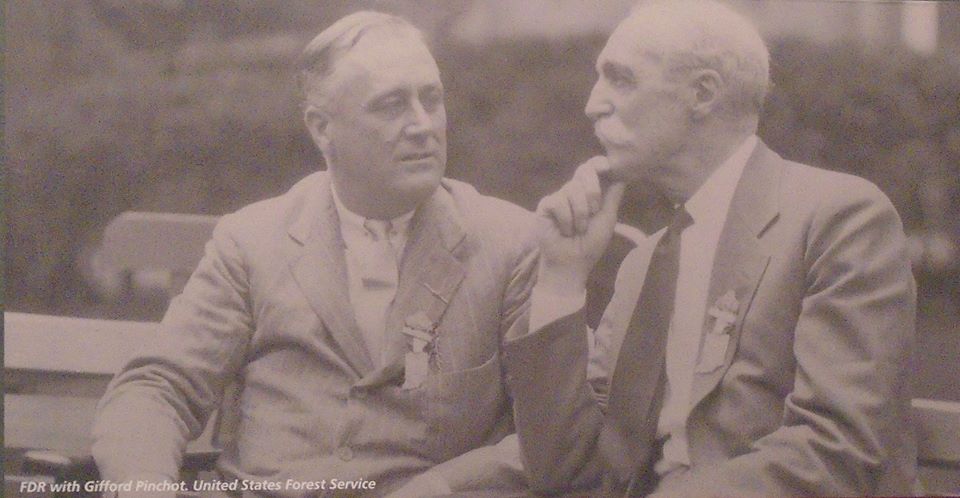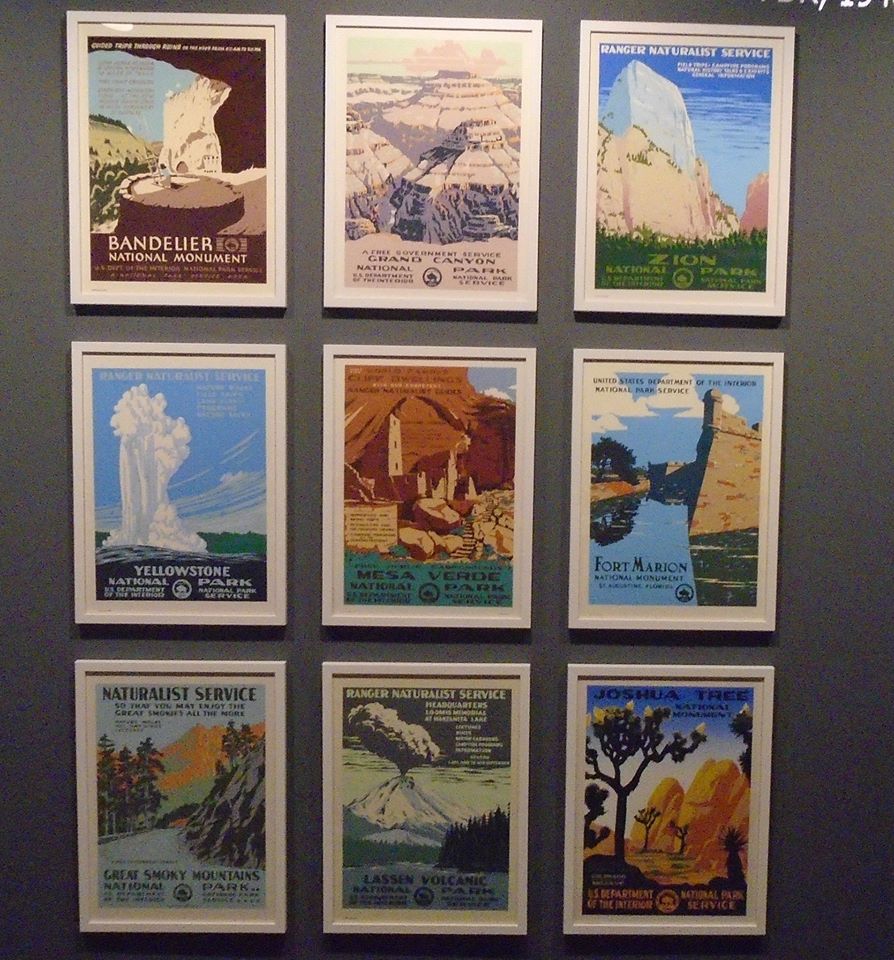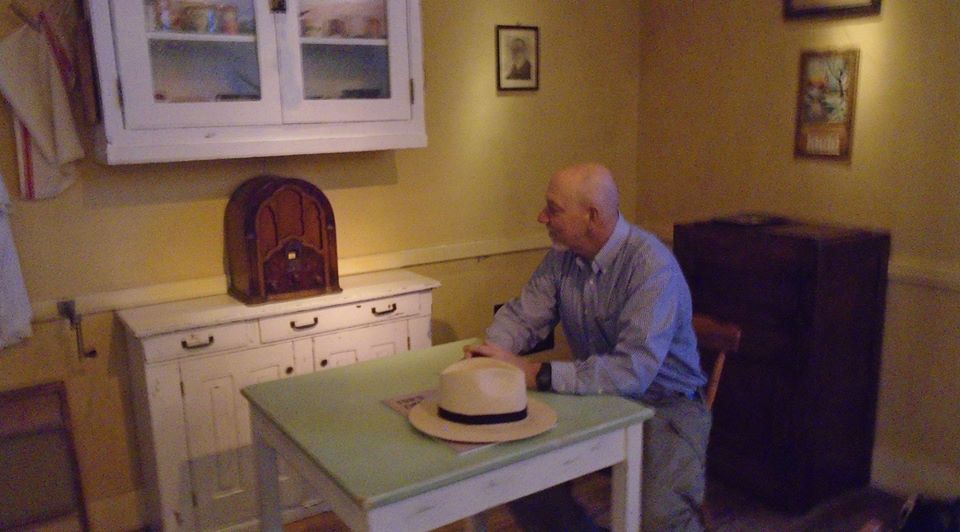The first half of the 20th Century was the heroic age of American conservation. The Forest Service was founded in 1905, the National Park Service in 1916. The Civilian Conservation Corps (CCC) and Works Progress Administration (WPA) came out of the New Deal. The 1940s brought the American Tree Farm System (ATFS) and Aldo Leopold’s land ethic described in the “Sand County Almanac.”
I chose to use the term heroic age specifically and not golden age. Heroic ages produce the good stories and the … heroes, but they are not pleasant for the people living through them. Heroic times require heroes and heroic effort precisely because time are so tough.
The push toward conservation was provoked by severe ecological disasters. A series of disastrous forest fires culminating in the Great Fire of 1910, called variously the “Big Burn” or the “Big Blow-up.” Call it what you will, it burned about three million acres and killed 87 people, mostly firefighters. Even w/o it burning up, experts predicted that we would run out of wood within a few decades. The horrors of the dust bowl, the worse hard time, have entered the mainstream American imagination, but we usually fair to understand the extent of the loss of soil and productivity. Yes, the heroic age of conservation was a dark, dusty and dangerous time and people who thought deeply about the environment probably thought it would only get worse.
We have come a long way, but some of the solutions from the heroic age have become burdens today. Conservation heroes such as both Roosevelts and Gifford Pinchot used warlike metaphors to describe the fight to improve the environment. I just did it too, since it is hard to get away from their formulation. But then the concept of struggle is big in any heroic narratives.
One of the things Pinchot did was to put fire in the role of enemy of the forest. It is easy to criticize this as a mistake but it made sense at the time. He was struggling to get acceptance for the Forest Service and for conservation more generally. America’s recent experience with fire made it easy to identify this destructive and deadly force as the enemy. Ordinary people could easily see the need to protect forests from the destruction. It worked too well and for more than a half century, we fought to keep fire out. This fundamentally changed the ecology of the ecosystems and built up excess fuel that fuel leading to even more disastrous fires.
There is no enemy and no struggle when you think systemically and ecologically. Factors are more or less appropriate contingent upon the situation at hand. Moreover, the situation is constantly changing, making the appropriate response different ever time. The thing you need to eradicate today may be the thing you propagate tomorrow. It is further complicated by the obvious fact that we alter the situation by working with it, even by just looking at it.
Anyway, these are some more of my thoughts from Hyde Park. You see what you look for. I could talk about FDR’s social or economic reforms, but I still see the conservationist.
My first picture is the Hudson Valley near Hyde Park. Next is a collection of New Deal posters about the National Parks. These posters were made as part of the Federal Arts Project, part of the WPA. After that is FDR talking to Gifford Pinchot and finally is me listening to a “fireside chat” in a reproduction of a 1930s kitchen.




